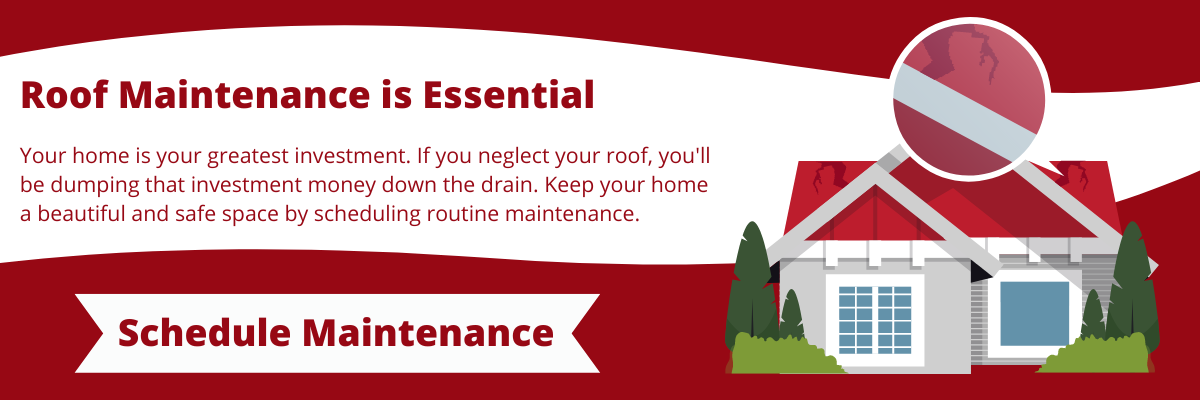6 Common Insects That Wreak Havoc on Your Roof
March , 2024 | 6 min. read
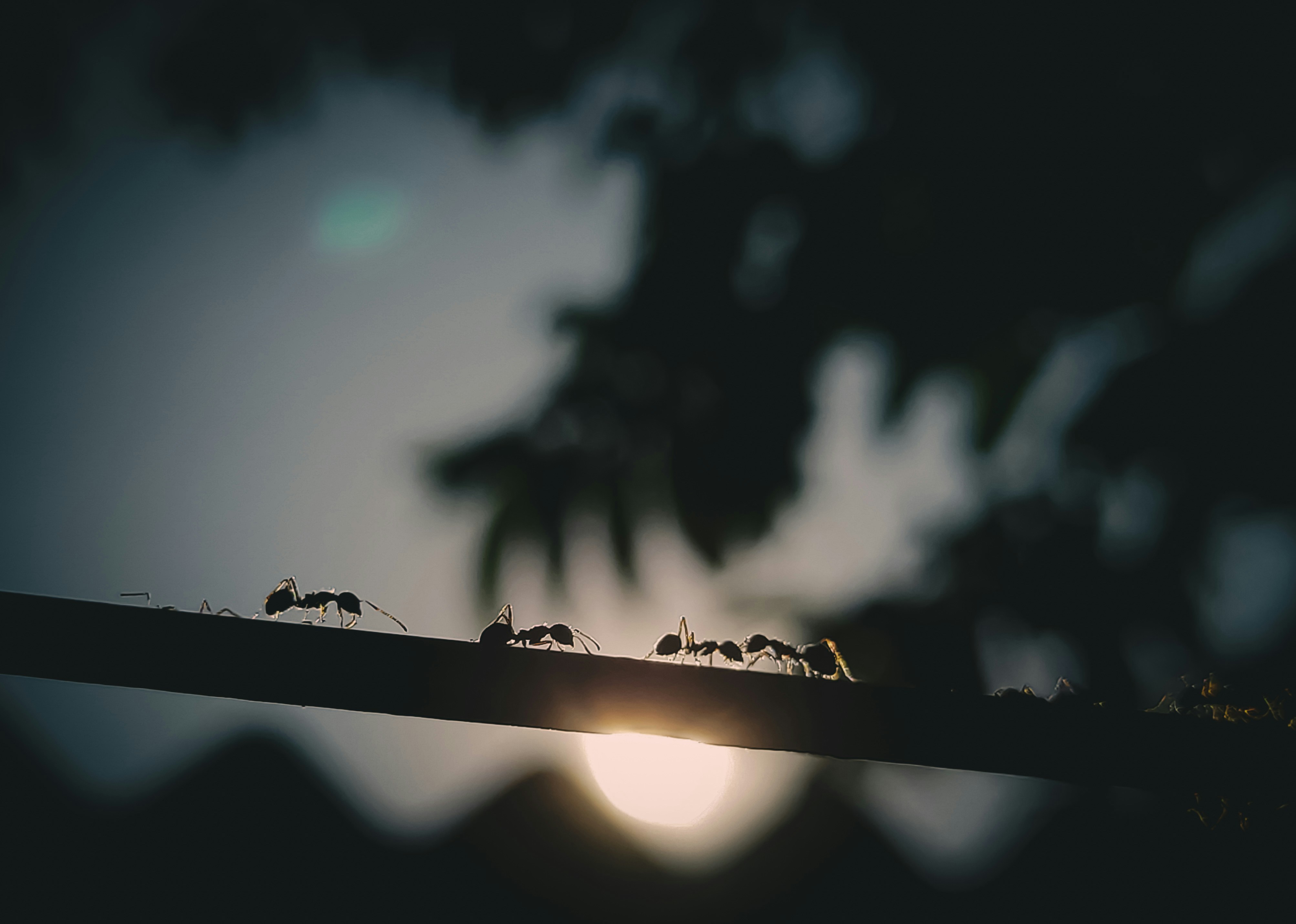
Did you know that your roof is more than just a protective barrier against the elements? Unfortunately, it can also be an ecosystem teeming with life, including creepy crawlies that can wreak havoc on its structural integrity. From tiny termites to industrious carpenter ants, several pests can cause significant damage to your roof if left unchecked.
Imagine waking up one morning to discover unsightly holes in your roof or hearing the telltale sounds of insects gnawing away at your home's wooden beams. It's a homeowner's worst nightmare, but it's a reality for many who neglect routine roof maintenance.
At RoofCrafters, we've witnessed firsthand the devastation that these pests can cause. With over three decades of experience in the roofing industry, we understand the importance of proactive pest control measures to safeguard your home. In this article, we'll delve into the six most notorious insects that can wreak havoc on your roof and provide expert insights on how to prevent and mitigate their damage.
6 Roof Insects to Watch Out For
Next time you hear crunching above you or in your walls, it may be one of these six insects!
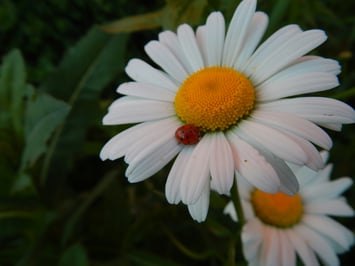
Termites: These silent destroyers are infamous for their ability to feast on wood, including the wooden structures of your roof. Termites can quickly multiply and form colonies within the framework of your home, causing significant structural damage over time. Signs of termite infestation include hollow-sounding wood, mud tubes along the exterior walls, and discarded wings near entry points.
Carpenter Ants: While they don't eat wood like termites, carpenter ants excavate galleries within wooden structures to create nests. Over time, their tunneling activity weakens the integrity of the wood, leading to structural instability. Carpenter ants are attracted to moist or decaying wood, making roof eaves and attics prime nesting sites. Look out for sawdust-like debris, rustling noises within walls, and ant trails as signs of their presence.
Roof Rats: Okay, these aren't bugs, but they're worth mentioning due to how common they are in the Southeast. These agile rodents are skilled climbers and can easily access roofs via trees, vines, or utility lines. Once on your roof, roof rats may gnaw on roofing materials, insulation, and electrical wiring, posing both structural and fire hazards. Evidence of roof rat infestation includes droppings, gnaw marks, and scampering noises in attics or crawlspaces.
Powderpost Beetles: These tiny pests bore into wood to lay their eggs, creating small, powdery holes in the process. While they primarily target hardwoods, powderpost beetles can infest wooden roof structures and decorative elements, compromising their strength and stability. Look for tiny exit holes, fine wood powder (frass), and crumbling wood as signs of infestation.
Roof Moths: While less common than other pests, roof moths and their larvae can cause damage to roof insulation, felt underlayment, and stored belongings in attics. Adult moths lay eggs in dark, undisturbed areas, such as attic spaces, where the larvae feed on organic materials like wool, feathers, and hair. Infestation signs include moth sightings, cocoons, and webbing on surfaces.
Cockroaches: These resilient pests can find their way into homes through cracks, vents, and drains, including those leading to the roof. Once inside, cockroaches can contaminate food, leave behind foul odors, and trigger allergies and asthma in sensitive individuals. In roof spaces, they may seek shelter and moisture, potentially damaging insulation and electrical wiring.
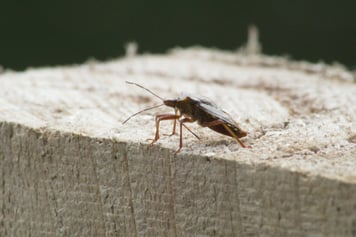
Understanding the threats posed by these common roof-dwelling insects is crucial for early detection and effective pest control measures! Regular inspections, maintenance, and prompt remediation of pest issues can help protect your roof and home from costly damage.
How to Keep Insects Out of Your Roof
Keeping insects out of your roof involves a combination of preventive measures and proactive pest control strategies. Here are some effective ways to minimize insect infestations:
Seal Entry Points: Conduct a thorough inspection of your roof and home exterior to identify and seal potential entry points for insects. Seal cracks, gaps, and crevices with caulk or sealant to prevent pests from gaining access to your roof space. Pay special attention to areas around vents, pipes, eaves, and soffits, as these are common entry points for insects.
Maintain Roof and Gutters: Keep your roof and gutters clean and well-maintained to eliminate potential harborage sites for insects. Remove debris, such as leaves, twigs, and standing water, from your roof and gutters regularly to prevent moisture buildup and reduce the risk of insect infestations. Trim overhanging tree branches and vegetation to minimize direct access to your roof.
Install Screens and Vent Covers: Install screens or mesh covers over roof vents, exhaust fans, and attic vents to prevent insects from entering your roof space. These barriers can help deter pests while allowing for proper ventilation and airflow. Choose durable, rust-resistant materials that provide adequate protection against pests without restricting airflow.
Keep Outdoor Lights Off: Outdoor lights can attract insects, including mosquitoes, flies, and beetles, to your home. Consider using motion-activated or LED lights with lower attractivity to reduce insect activity around your roof and entry points. Additionally, keep outdoor lights turned off when not in use to minimize insect attraction and intrusion.
Trim Vegetation: Trim back vegetation, shrubs, and bushes around your home to create a buffer zone that discourages insects from nesting near your roof. Overgrown vegetation can provide hiding spots and pathways for pests to access your roof, increasing the risk of infestation. Maintain a clear perimeter around your home to reduce the likelihood of insect intrusion.
Practice Proper Waste Management: Dispose of outdoor trash, compost, and yard waste properly to minimize food sources for insects near your home. Use tightly sealed trash cans and compost bins to prevent pests from accessing organic materials and breeding in your yard. Regularly clean up fallen fruits, pet waste, and food scraps to deter pests from congregating around your home.
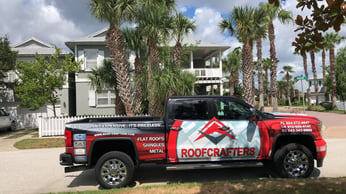
By implementing these measures and adopting proactive pest control practices, you can help keep bugs out of your roof and maintain a pest-free environment for your home and family. Regular inspections, timely repairs, and professional pest management services also make a huge difference in the effectiveness of your pest control efforts!
Do You Have Roof Insects?
Protecting your roof from insect infestations is essential for maintaining the integrity and longevity of your home's structure. By implementing proactive measures to keep bugs out of your roof, you can prevent costly damage, minimize health risks, and preserve the comfort and safety of your living environment. From sealing entry points and maintaining roof cleanliness to installing screens and practicing proper waste management, there are various strategies to deter insects and safeguard your roof.
Regular inspection and maintenance play a crucial role in identifying and addressing potential pest issues before they escalate into full-blown infestations. By conducting routine roof inspections and promptly addressing any signs of pest activity, you can mitigate the risk of structural damage and minimize the need for costly repairs down the line. Working with a reputable roofing contractor like RoofCrafters can also provide you with expert guidance and professional assistance in implementing effective pest control measures tailored to your specific needs!
Ultimately, investing in proactive pest control measures for your roof is an investment in the long-term health, safety, and durability of your home. By taking proactive steps to keep bugs out of your roof, you can enjoy peace of mind knowing that your home is protected against insect infestations and the associated risks. With proper care and maintenance, you can preserve the beauty and functionality of your roof while safeguarding your home and family from unwanted pests.
My name is Anthony, and I am the lead estimator of RoofCrafters’ Georgia/South Carolina division. The roof is the most important part of a structure, and people count on that to protect themselves and their families. That is one of the many reasons why I love my job and enjoy coming to work every day. The continuous training, honesty, and providing the customer with the Roofcrafters experience is what makes me the best in the business.



